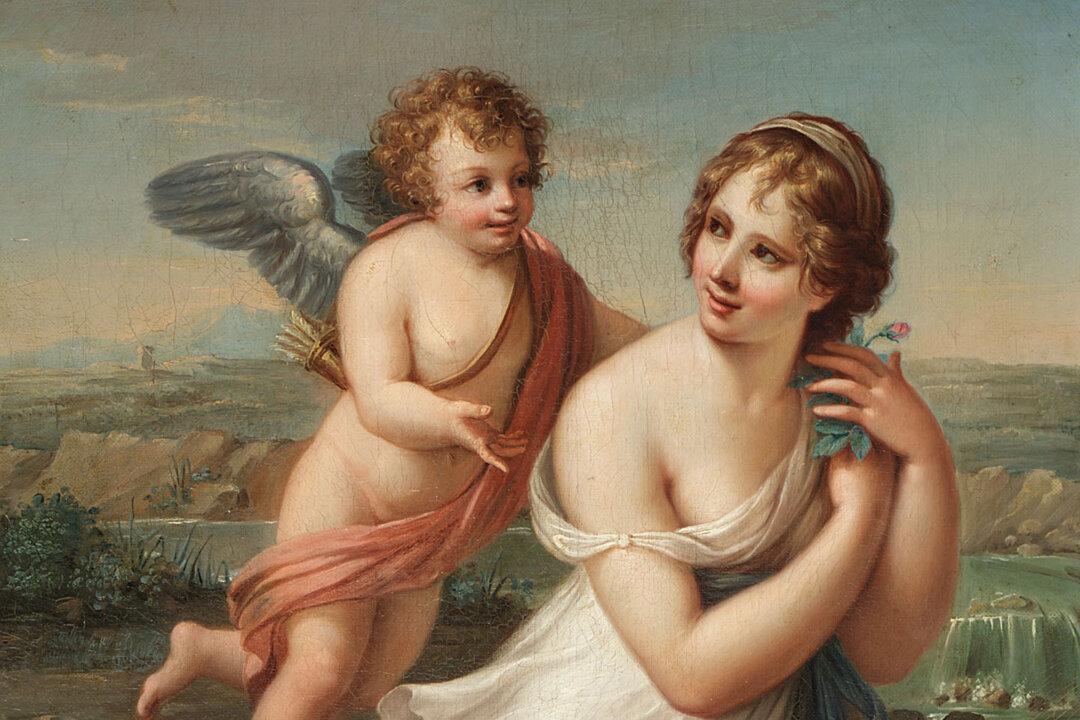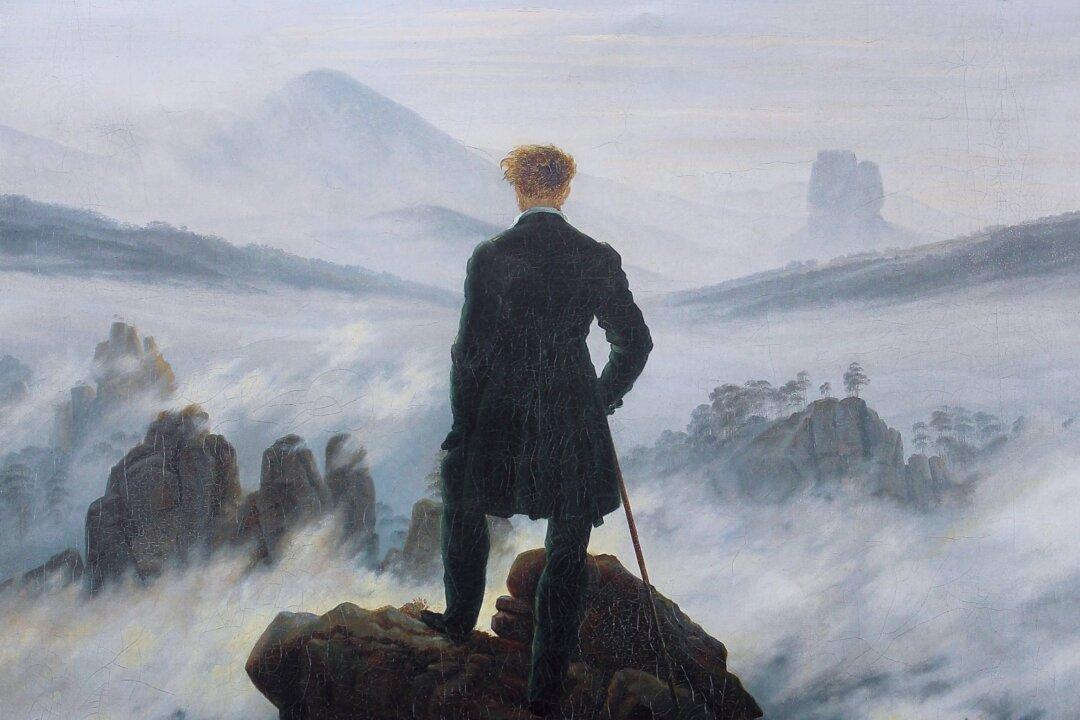In the early-19th century, English poet Alfred Tennyson wrote one of his best-known works, “The Lady of Shalott.” Inspired by the 13th-century Italian novellina “Donna di Scalotta,” the poem draws from Arthurian subject matter to tell the tragic story of Elaine of Astolat, a young noblewoman stranded in a tower up the river from the city of Camelot.
The poem was a very popular subject for Victorian Britain because of its theme of tragic love. Forbidden to leave the tower, the lady is only allowed to see the outside world through a mirror or else suffer an unnamed curse.
There she weaves by night and day A magic web with colors gay. She has heard a whisper say, A curse is on her if she stay To look down to Camelot.
The vivid medieval romanticism and engaging symbols have been inspiring artists ever since, few painters more so than John William Waterhouse.



